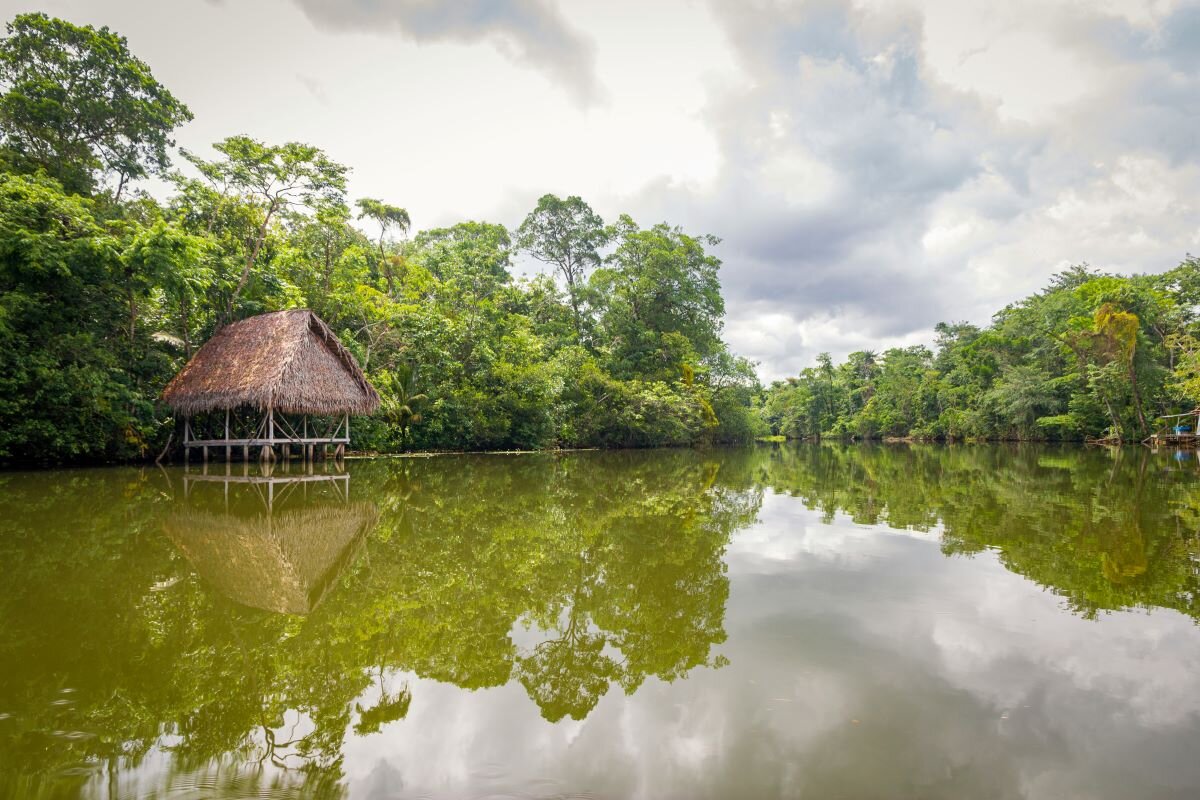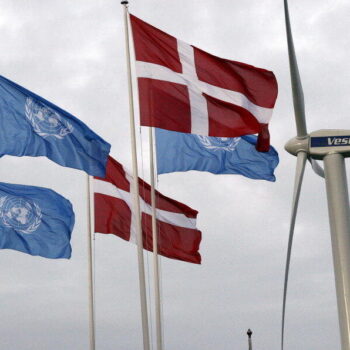Time is running out for the world to shift towards systemic resilience. As climate change worsens, its impacts are increasingly being felt around the world. Yet international adaptation efforts continue to lag. The 2023 UNEP Adaptation Gap Report revealed a substantial financing gap ranging from US$194 to 366 billion annually, with a decline in international public funding for adaptation of 15% in 2021.
At COP28, adaptation began to finally receive more political attention: countries delivered a Global Stocktake response on adaptation, agreed on a new Global Goal on Adaptation framework and mandated a new report and ministerial on adaptation finance at COP29. Climate and Development Ministerial champions also published and signed an ambitious agenda for improving adaptation finance.
But navigating large finance and planning gaps amidst North-South tensions poses significant challenges and is limiting progress towards dynamic resilience. With 2024 being labelled as the “finance year” and an approaching deadline for doubling adaptation finance by 2025 there are new opportunities to fill the funding gaps and rebuild trust. The focus on developing countries’ next national climate policies in NDCs due by early next year and the myriad UN climate dialogues we explored in this blog provide new opportunities to broaden the political framework for driving systemic resilience planning and implementation.
Adaptation and Loss and Damage should be key parts of this year’s discussions. 2024 can set up the stage for finalising infrastructure and resilience plans for this critical decade that will properly protect communities and livelihoods.
E3G and partners recently brought a focus on Adaptation Finance ahead of the Copenhagen Climate Ministerial. Representatives from Samoa, the Marshall Islands, Denmark, and the LDC Group sent a strong signal early in the year that countries must scale up finance for adaptation, improve access and harmonise application and reporting processes, and commit to investing programmatic finance behind national plans. They threw down the gauntlet for governments, finance institutions, and private sector actors to shift the scale of investment in resilience in 2024.
What we need to see in 2024
Three major outcomes need to be progressed:
- Multilateral development bank (MDB) reform process and generous commitments for IDA replenishment present an opportunity to free up additional finance to those countries most vulnerable to climate change.
- Pathways to new sources of funding such as international levies on shipping and aviation could be followed through and materialize.
- The establishment of a strong NCQG sub-goal for adaptation, with mostly concessional grant-based finance, could provide an opportunity to ramp up ambition beyond the goal of doubling adaptation finance by 2025 (estimated at 40 billion USD).
- The G7, G20, and UN General Assembly meetings and COP29 provide stages for countries to announce new adaptation finance contributions to achieve the doubling pledge.
- As countries develop and publish their NDCs, they should ensure that adaptation is an integral part of their climate and development investment plans, not only accounting for mitigation across sectors but also climate risk and resilience across entire economic systems.
- Significant progress towards The Global Goal on Adaptation Framework targets could drive more political attention to adaptation and leverage further investments.
- Considerable progress will also have to take place to ensure that the commitment of Early Warning Systems for all by 2027 is delivered.
- Reforms to the international financial architecture should also play a key role in securing fiscal space, improving procedures for access by accelerating timelines, providing accreditation support and capacity building, making use of climate resilience clauses, and simplifying and unifying application and accountability procedures.
- Bilateral adaptation partnerships should continue to multiply and create a foundation for greater international adaptation cooperation. COP28 saw the birth of several adaptation partnerships that could start delivering transformational adaptation this year.
- National Platforms and programmatic approaches for adaptation finance should continue to expand across geographies to make funding more timely and easily accessible.
Political Pathways Forward
With political attention growing, there’s finally no shortage of opportunities to accelerate systemic resilience. The G7, under the Italian presidency, could set out a vision for scaling adaptation and resilience finance – particularly in Italy’s focus region of Africa – with strong commitments to scale their adaptation finance contributions and to secure broader fiscal space through an ambitious IDA replenishment and implementation plan for innovative sources of finance. Germany and Canada could use their role as writers of the report on doubling adaptation finance to focus countries, MDBs, and funds attention on how they can scale up their contributions.
The G20 under Brazil’s presidency this year has a significant opportunity to champion broader reforms to financial architecture which support adaptation efforts on the road from Dubai to Belem. The G20 could set expectations for MDB reform to free funds for adaptation finance, explore debt solutions, enhance access and delivery of funds between and within finance providers, further SDR rechannelling, and promote the implementation of innovative sources of finance. The World Bank and International Monetary Fund spring and annual meetings also serve as moments to materialise yearlong efforts for International Financial Architecture reform. Ambitious countries could use these meetings to mobilise their finance ministers on climate action, sending a strong message of economic and climate risk integration.
The UNFCCC processes can be spaces to rebuild trust on multilateralism by bringing parties together effectively and building momentum to address finance gaps, for example through an NCQG Subgoal for adaptation. COP29’s high level ministerial on adaptation finance has the potential be the culmination of the 2024 drumbeat of support for adaptation efforts and set up the stage for an impactful outcome for the first year of the GGA framework work programme. The UN Summit for the Future could further integrate a risk and resilience lens in the SDGs and serve to mobilise additional finance for adaptation within development.
Finally, the Climate and Development Ministerial could, with the help of the co-champions, drive action across multilateral venues and lead to widespread support for scaling and enhancing adaptation finance, demonstrating good practices and opportunities for first movers.


